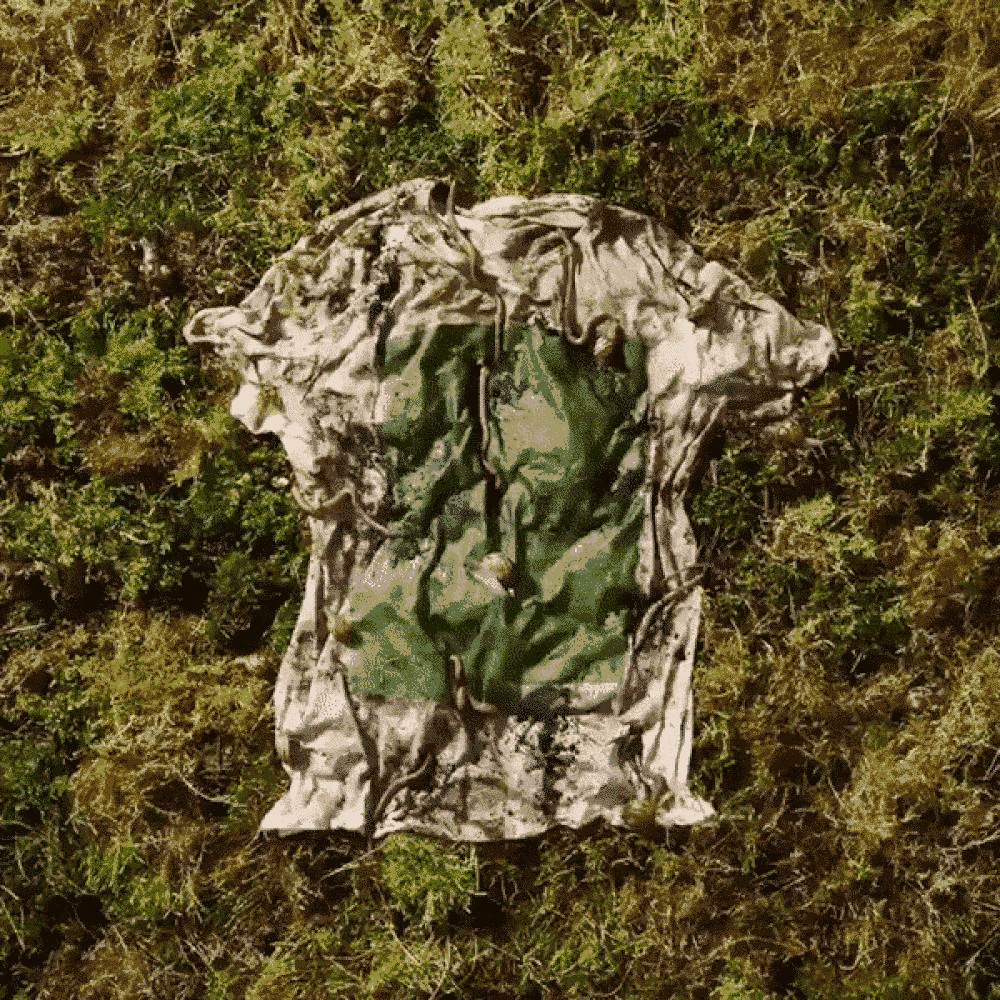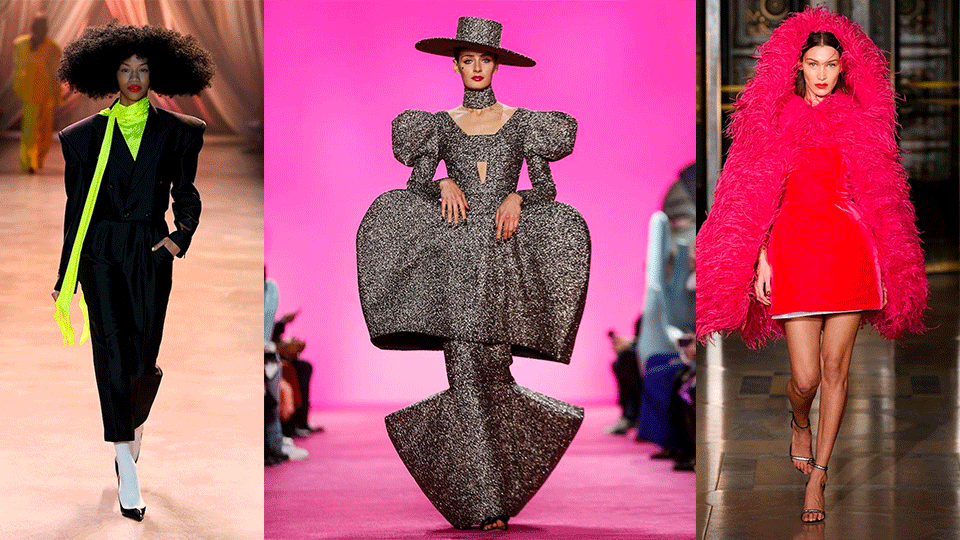- À New Wave to Fashion, À New Way of Living. Download Now on iOS Android Canada SS22
- hello@alahausse.ca
Eco Burial Fashion: How designers innovate clothing to be 100% biodegradable

The Newcomers of AI Technology in Fashion
August 9, 2021Natural Fibre Series: How sustainable is Hemp fabric?
August 10, 2021
Written by Zeinab Magdi
Have you ever thought about the last outfit you will ever wear? We may think that our effect on the planet ends when we die, but that is not true, which is why some brands are now producing and structuring their clothing with biodegradability in mind. For people who choose to have an eco-friendly burial, meaning that they will be buried sustainably using ways such as organic caskets, have to follow strict rules and must be wearing clothing that is entirely biodegradable. However, people who choose to be buried the traditional way in a standard plot are free to wear whatever they like.
At this point, most of us are aware that the fashion industry has a huge waste and contamination problem. Most of the clothing that is mass produced today contaminates the earth’s soils, waterways, and oceans. The fabrics contain plastics, which can stay in the environment for up to hundreds of years. This damages the earth’s ecosystem with synthetic microfibers and toxic dyes. As an attempt to reverse this damage, brands are making clothing biodegradable.
What constitutes a fabric to be biodegradable?
Most of today’s clothing is made by weaving plastic based nylon, acrylic, or polyester threads, then cutting and sewing in factories. These fabrics are chemically produced and nonbiodegradable, however, research has shown that clothing can now be bioengineered – made using living bacteria, algae, yeast, fungi and animal cells. Biodegradable fabrics include cotton, silk, bamboo, and wool, but they are only biodegradable when they are untreated, meaning no chemicals were added to the manufacturing of the fabric. Another benefit to the fabric is that the materials used can be grown to fit molds, meaning that it produces the exact amount of textile needed to create the article of clothing without generating excess materials that would otherwise be discarded. For clothing to be considered biodegradable, the clothing must be decomposed completely within a maximum of one year of disposal, and as little as 28 days by some standards.

Advancements on biodegradable clothing
Theanne Schiros, assistant professor in the math and science department at Fashion Institute of Technology (F.I.T.) in New York City and a team of F.I.T students have created a yarn like fabric using algae that can be dyed using non-chemical dyes, such as crushed insect shells and plant based colour, which is then knitted into clothing. She claims that algae based fabrics are marketable in the fast fashion industry, as the material is strong and flexible.
There are three steps to producing algae based yarn, says Schiros:
- First, a sugar called alginate, is derived from kelp and then powdered.
- Next, the alginate powder is turned into a water based gel, to which plant based colour is added.
- Finally, the gel is extracted into long strands of fiber that can be woven into a fabric.
Scientists claim that algae based fibers are also naturally fire resistant, reducing the need for adding chemical flame retardants. Algae also biodegrades faster than cotton, and growing it does not require adding any chemical pesticides or using large amounts of land. Schiros founded her new apparel brand, AlgiKnit, which promises to produce algae based biodegradable clothing on a commercial scale.

Another fast fashion environmental problem that Schiros feels could be addressed using bioengineering is dyes, as commercial textile dyes use 3500 chemicals, which are hazardous to the environment as they use large quantities of water, and when dumped can be toxic to the earth’s soil, they can also be harmful to human health, causing allergic reactions, carcinogens, and reproductive and growth problems. Researchers believe that bacteria can help reduce this issue. Innovators including Cecilia Raspanti, co-founder of TextileLab Amsterdam; Laura Luchtman, owner of textile and design studio Kukka; and Natsai Audrey Chieza, founder of biodesign lab and creative research agency Faber Futures are using naturally pigmented bacteria to dye natural and bioengineered textiles. Luchtman says her process involves:
- Heating up the textile to avoid contamination, then pouring a liquid filled with bacterial nutrients over the textile in a container,
- She then exposes the textile to the bacteria and leaves it for three days.
- Finally, she disinfects the textile, rinsing it with laundry detergent to reduce the bacterial smell, and then dries it.
Natsai Audrey Chieza claims that bacterial dyes use up to 20 percent less water, is non toxic, and can be applied with a variety of colours and patterns.
Fashion components that hinder biodegradability
Non-biodegradable fabrics include polyester, acrylic, polyurethane, PVC, elastane, and nylon. These materials are partly derived from coal and petroleum and can stay in a landfill for hundreds of years. As a consumer, when looking for clothing that is biodegradable, there are certain materials to look out for, you have to keep in mind the biodegradability of the whole product, the clothing might not biodegrade fully if there are certain materials that inhibit its sustainability. For example, a jacket can be made of recycled organic cotton, however if the dye is not natural, or if there are synthetic materials in the zippers or buttons, the clothing will not fully biodegrade, leaving microscopic amounts of pollution in the soil. Here’s what to look out for:

Dyes
Most of today’s fabrics are coloured with synthetic dyes that are not biodegradable, some contain materials that are extremely hazardous when they come into contact with the skin or inhaled. To prevent this, look for companies that use natural, plant based colours.
Finishes
Many fabrics are coated with chemical materials that are stain, fire, and water resistant. These finishes are hazardous to the environment.
Zippers and Buttons
These are often made out of plastic or metal which does not biodegrade quickly, when buying clothing with zippers and buttons, look for materials such as wood, buffalo horn, and coconut shells.
Sequins
The production of sequins pollutes the environment because it contains PVC components, however, the fashion industry has recently innovated a biodegradable, non toxic alternative called Bio Iridescent Sequin, which is 100% plant based.
Sewing Threads
Sewing threads are often made out of polyester or other synthetic materials, this makes the clothing more durable however it is very harmful to the environment.
Material Blends
When biodegradable fabrics, such as cotton or wool, are blended with non biodegradable fabrics, such as polyester or nylon, the result is no longer biodegradable, even if there is a minimal amount of non biodegradable fabrics added.
The verdict
Most of the younger generations, both millennials and Gen Z, are very conscious of the environment, shopping sustainably and ethically. It is important to remember that an individual’s environmental footprint continues after their death, and even if it is not your last outfit, buying clothing that is biodegradable is beneficial to the environment because it will cause no harm if thrown away! Hopefully, in the future, biodegradable clothing will be mass produced, and accessible to all.
Via ÀLA.HAUSSE‘s Multi-functional and Multi-purposeful Fashion Ecosystem- BUY/SELL/RENT/LEND/ (swap BETA 2021) mobile application, INDIVIDUALS & brands ( BETA 2021) are encouraged to REBUY, RESELL, REUSE and UP-CYCLE their personal “Clossets” aka Clothing Assets, along with overstock inventory and samples. Through this consumerism habit shift we indirectly slow down the urgency on fashion’s carbon footprint, aiding sustainability as a whole.
BETA Early Access Application Now Open for CA Fashion Lovers: Apply Now for LAST CALL
with Stories on www.alahausse.ca
#ALAHAUSSE #WEARYOURPURPOSE #HAUSSEPEOPLE







